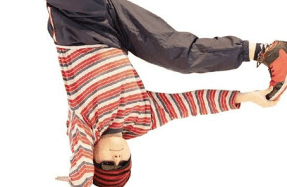


Who Were You?
Jamestown, Virginia, is one of the oldest European settlements in North America. Founded in 1607 (13 years before the Pilgrims landed at Plymouth Rock), the colony started out as a fort. Soon life inside the walls bustled as more colonists arrived from England. But burials in the cemeteries at Fort James also tell of starvation, illness, and fights with Indigenous peoples.
One skeleton in particular posed a mystery to archaeologists. Called JR1225A, it lay awkwardly in a grave inside the fort walls. The collarbone






